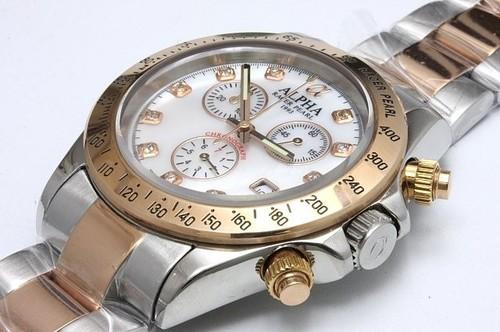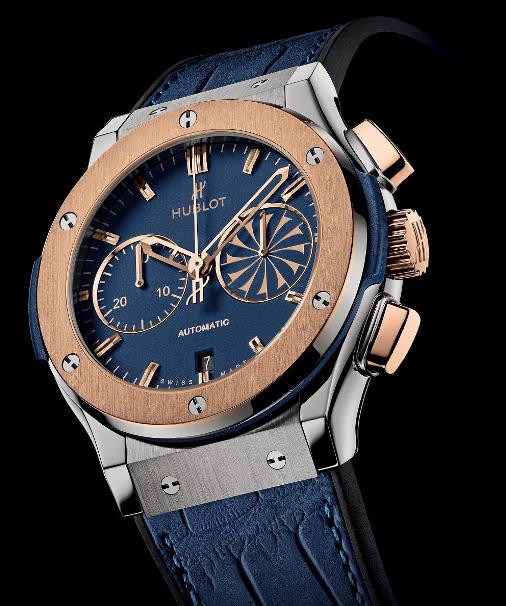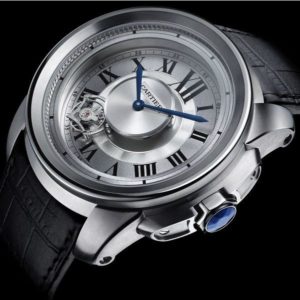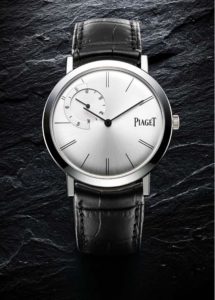For some the watch on their wrist is merely there to tell the time, but increasingly for some, it must be a new technological achievement ingeniously constructed using only the latest hi-tech materials. As if aping this trend, there is always something chronologically and metallurgically significant posturing beneath the double cuffs of many of the young wannabes on the reality show ‘The Apprentice.’
The idea of the skilled and dedicated watchmaker at his work bench is no longer enough. So the Swiss watch industry is recruiting engineers from aeronautics, and the fields of chemistry, physics, astrophysics, metallurgy, computer science and more.
According to Emmanuel Vuille, Managing Director at Greubel Forsey, “Watchmaking has developed a scientific culture that includes numerous branches of science whereas previously it relied primarily on technical expertise and the skill of the human hand.” This has forced the industry to go out and source the expertise it needs, something the automotive industry had to do 30 years before.
Vuille is, however, equally convinced that engineers will never replace watchmakers, as they alone have a global vision of the product from design to final assembly. The brand he heads employs 15 people in its R&D division, with as many constructors as there are engineers, physicists and metallurgists.
Consultant to the Swiss watchmaking industry Olivier Muller says; “The introduction of innovative materials that are less familiar to watchmaking requires highly specialised expertise, whether for the movement or the external parts.”
Many brands today incorporate silicone, tantalum, ceramic, titanium, lithium, forged carbon, magnesium and nanofibres and the quest for more exotic materials continues apace often to excess. “We can get carried away” admits Vuille; “ultimately, the customer asks for nothing more than greater reliability and precision,”
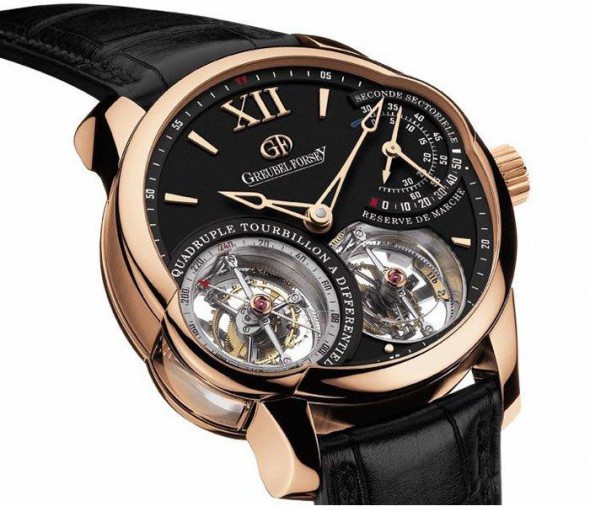

Engineers, who come from different horizons continue to force traditional watchmakers out of their comfort zone. “The concepts they bring to construction are more innovative crossovers from aeronautics and automotive that demand far more specific expertise,” notes Olivier Müller. Elements borrowed from car mechanics are now rife in watchmaking, with brands such as Parmigiani, TAG Heuer and Richard Mille pushing the concept to the extreme.
To reflect this development, the Centre Suisse d’Électronique et de Microtechnique (Csem) or the Haute École Arc Ingénierie. Csem now offers competencies in microsystems technology, precision mechanics and robotics, vision systems for robotic and metrological applications, and also for anti-counterfeiting solutions.
And all you wanted was to know the time.
Edited and adapted from an article by Quentin Simonet



